6. Clean Water & Sanitation
Data for the indicator 6.1. Research on water (6.1.1 Clean Water and Sanitation: CiteScore, 6.1.2 Clean Water and Sanitation: FWCI, 6.1.3 Clean Water and Sanitation: publications) is being collected via Scopus.
6.2 Water consumption per person
6.2.1. Water consumption tracking
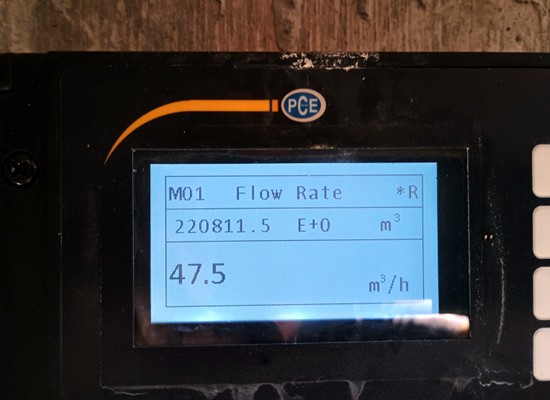 The University of Patras records on a daily basis the water that is extracted from aquifers and transferred to the pipe network. The calculations are based on the measurements from the ultrasonic flow meter while accompanying verifications are made based on the efficiency specifications of the pumping station.
The University of Patras records on a daily basis the water that is extracted from aquifers and transferred to the pipe network. The calculations are based on the measurements from the ultrasonic flow meter while accompanying verifications are made based on the efficiency specifications of the pumping station.
For 2023, the water consumption is 36.97 L per person per day (as product of the division 891 m3 H2O per day / 24,099 FTE per day)
The image besides shows a water consumption tracking device on action (image by Vangelis Tsiotsis).
To calculate the above (daily) water consumption per person, we follow a specific methodology:
- We record the daily water consumption as provided by the pumping stations’ measurements, then we sum up these records for the annual period and finally we calculate a representative average value of water consumption per day [A= 891 m3/day].
- We calculate the sum of Full Time Equivalent (FTE) number of campus population. The campus population includes the number of students, staff and faculty members.
- The students’ population consists of undergraduate and postgraduate students plus the PhD candidates. The number of undergraduate students derives from the population of the so-called active students that attend the undergraduate programs which according to the provisions of law must not have exceeded the maximum duration of study (meaning the minimum duration of academic semesters for awarding the degree increased by four academic semesters). The number of postgraduate students and PhD candidates are taken from the official records of the school secretariats.
- The number of staff is taken from the official records of the University’s human resources department.
- The number of faculty is taken from the official records of the University’s human resources department.
- To make a reliable estimation of the campus population in terms of FTE, we follow a differentiated approach based on the attendance rate of each category which for all types of students is a conservative estimate while for the permanent administrative and academic staff is specified according to the provisions of the law. The product of each separate rate with the number of persons per category gives the FTE for students and employees respectively. After, we sum up these values, the total FTE is [B= 24,099 persons].
- The water consumption per person per day is calculated by the ratio: [A]/[B] = 36.97 L per person per day.
Furthermore, to compare our water consumption per person per day with the mean water residential consumption profile, we extend our methodology to calculate the equivalent water consumption index. To this purpose we consider: a) the equivalent days per year based on the variance of students’ attendance during the year (the months of July and August are characterized by minimal student attendance) and the Christmas and Easter holidays, and b) the breakdown (uses) of water consumption matching activities in the campus and the full water use profile for the students residing in the dormitory. Based on these adjusted values, the equivalent water consumption ratio is 135 L per person per day which compared to the mean water consumption in Greece ~150 L per capita per day, proves to be reasonable and even more efficient.
6.3 Water usage and care
6.3.1 Wastewater treatment
The Wastewater Treatment Plant of the Campus of the University of Patras covers the needs of both the University and the University Hospital. The technical details of the Plant are as follows:
- Wastewater Flowrates 1200-1500 m3/d ~500.000 m3/yr
- Low strength domestic wastewater. Organic load 250mg/L COD (Chemical Oxygen Demand), 120 mg/L BOD5 (5 days Biochemical Oxygen Demand)
- Secondary treatment (activated sludge extended aeration system, (biological and chemical processes used to remove organic matter from wastewater)
- Main process unit: Extended Aeration tank (Oxidation Ditsch 1400 m3 with horizontal Brush Aerators (2Kaessener Mammut Rotors 30KVA)).
- Retention Time >18h, Organic matter removal and partially denitrification
- Effluent characteristics: COD< 30 mg/L (legislation limit 125), BOD5 <10 mg/L (Legsl. Limit 25), TN < 15mg/L, TP= 2-4 mg/L, SS (Suspended Solids) <25 mg/L
Drone recording of the Wastewater Treatment plant by Vangelis Tsiotsis.
6.3.2 Preventing water system pollution
Over the previous years, the asbestos pipes of the entire water supply network have been replaced and extensive repair work was also undertaken on the University's main water supply tank. The old asbestos pipes of the primary water supply network were replaced with new polyethylene pipes and, at the same time, manholes were constructed for the installation of new valves. The sections briefly concern (1) the replacement of the depression (pressure) pipe from the node of the central outpost of the University of Patras to the central water supply pumping station, (2) the replacement of the gravity (supply) pipeline from the node of the central outpost of the University to a point near the node of the University Hospital, (3) the replacement of the gravity (supply) pipeline from the Geology node to the central point of the Library and Biology-Mathematics buildings area wells, (4) the new water supply for the central outpost of the University and (5) the replacement of the gravity (supply) pipeline from the node of the Holy Temple of the University to the node of the Department of Civil Engineering building to the new PC building.
The sections of the new primary water supply network are made of 3rd generation polyethylene pipes, 16bar, PE 100. All pipes are suitable for potable water networks and are accompanied by the appropriate certificates.
The extracted water, as well as the treated effluent is disinfected with a 12% w/v sodium hypochlorite solution NaClO and there is also a metering system (senso/controller) for measuring hypochlorous acid (HOCl) meaning the free Cl- in water.
The left image shows visible parts of the pipe network which have been replaced with polyethylene pipes, the center image the chlorination station that prevents water pollution and the right image shows the HOCl metering system.
6.3.3 Free drinking water provided
The water is potable throughout the University campus.
An image of public water taps in the student restaurant.
6.3.4 Water-conscious building standards
The sanitary ware has reset mechanisms, an adjustable float, a double switch for high and low water supply and are generally designed with a view of saving water resources. All current water supply networks are compliant with the latest technological standards. As it has been described beforehand, the primary water supply network is being made of 3rd generation polyethylene pipes, suitable for potable water networks.
6.3.5 Water-conscious planting
The University has the largest campus in terms of area in the country. It is surrounded by an olive grove. The trees are not water consumption and help the rain waters drain easier. The grove is being collected every Autumn, producing its own oil.
Drone photo of part of the olive grove, next to the Library and the Civil Engineering buildings provided by Vaggelis Tsiotsis.
6.4 Water reuse
6.4.1. Water reuse policy
A network for the treated wastewater to be used for irrigating 20 hectares (200 acres) of land south of the Campus has been installed. The treated wastewater of the University Campus is collected and utilized in a sustainable manner for the irrigation of the green spaces of the University of Patras. The two final disposal tanks of 300 m3 also support a complementary firefighting network that covers the eastern boundary of the University Campus.
6.4.2. Water reuse measurement
N/A. at the moment
6.5 Water in the community
6.5.1 Water management educational opportunities
The aim of the SEDIMARE interdisciplinary network is to provide interdisciplinary training and PhD training to researchers in coastal processes and engineering, aiming at the sustainable use and protection of coasts. The network provides a research-based training program to 12 PhD candidates in complex sediment transport processes. Research methods include effective process-based engineering modeling, advanced numerical simulations and innovative experiments.
The Campus Wastewater Treatment Facility is utilized for the training of undergraduate and graduate students and for the preparation of diploma theses. An indicative list of theses and dissertations can be found below, with links from the Institutional Repository (see indicatively http://hdl.handle.net/10889/5163 and http://hdl.handle.net/10889/13432). It also provides activated sludge to various laboratories of the University for BOD measurements (5d(index)) as well as inlet (raw sewage) and outlet (treated sewage) samples of the installation.
6.5.2 -
-
6.5.3 Off-campus water conservation support
Since 2020, the University supports the Municipality of Patras and the Municipal Water Supply and Sewerage Company of Patras (DEYAP) with its wastewater management. This is taking place in the frame of the "RE-water -Eco technologies for the waste water management", financed by the "COOPERATION PROGRAMME: (Interreg V-A) EL-IT - Greece-Italy" EU. Quoting from the official announcement on the website of the Municipality of Patras (in Greek):
DEYAP in recent years has expanded cooperation with departments of the University of Patras for the development and application of new technologies in Water Supply-Sewage and wastewater treatment. Within the framework of this policy, it also participates in the action of the Interreg Greece-Italy Cooperation program entitled "RE Water- Management".
6.5.4 Sustainable water extraction on campus
Currently there are two pumping stations in the University, using the water table at 60 meters depth. With the replacement of the pipe network and the rest of upgrading procedures, the University is lowering water consumption from 900 m3 in 2022 to 750 m3 in 2023, with the ambition to further lower it the next couple of years.
Images of the pumping stations.
6.5.5 Cooperation on water security
During the period 2021-2023 the Hydraulic Engineering Laboratory of the Department of Civil Engineering collaborated with the Regional Government of Western Greece on the project "Proposals of short-term measures and interventions to limit the intensity of flooding phenomena in critical parts of the hydrographic network of P. Alpheios, including P. Kladeos (lowland bed) and Erymanthos, following the fires of August 2021". Below one can find one of the images from the technical report on the protection against river flooding in the area of Ancient Olympia (the exact document cannot be shared).
6.5.6 Promoting conscious water usage on campus
Throughout the campus there are signs for the proper use of water. Below you may find an image of a sign in the library building.
6.5.7 Promoting conscious water usage in the wider community
The Museum of Science and Technology participated with its museum kits on water “The Adventures of Little Drop: the Water Cycle”, for 3rd and 4th graders and “Akis Stagonakis, the Source of Life…” for 5th and 6th graders in the Science Day, a series of events co-organized by the MET, the French Institute of Greece in Patras and the PEKES of Western Greece. The Science Day, which this year had the theme “Water in the Vortex of the Climate Crisis”, has been proclaimed every year since 1991 by the French Ministry of Higher Education and Research with the aim of promoting science and making it accessible to everyone. It is organized by Universities and scientific institutions of France and by the Cooperation and Educational Action Services of the French Embassies in many countries of the world, each year with a different theme. Trained volunteers from the Museum of Science and Technology visited schools in Patras and took the students on a journey into the world of water through fairy tales, games, experiments and experiential activities. The formal announcement can be found here, while a report from a Primary School that participated can be found here.

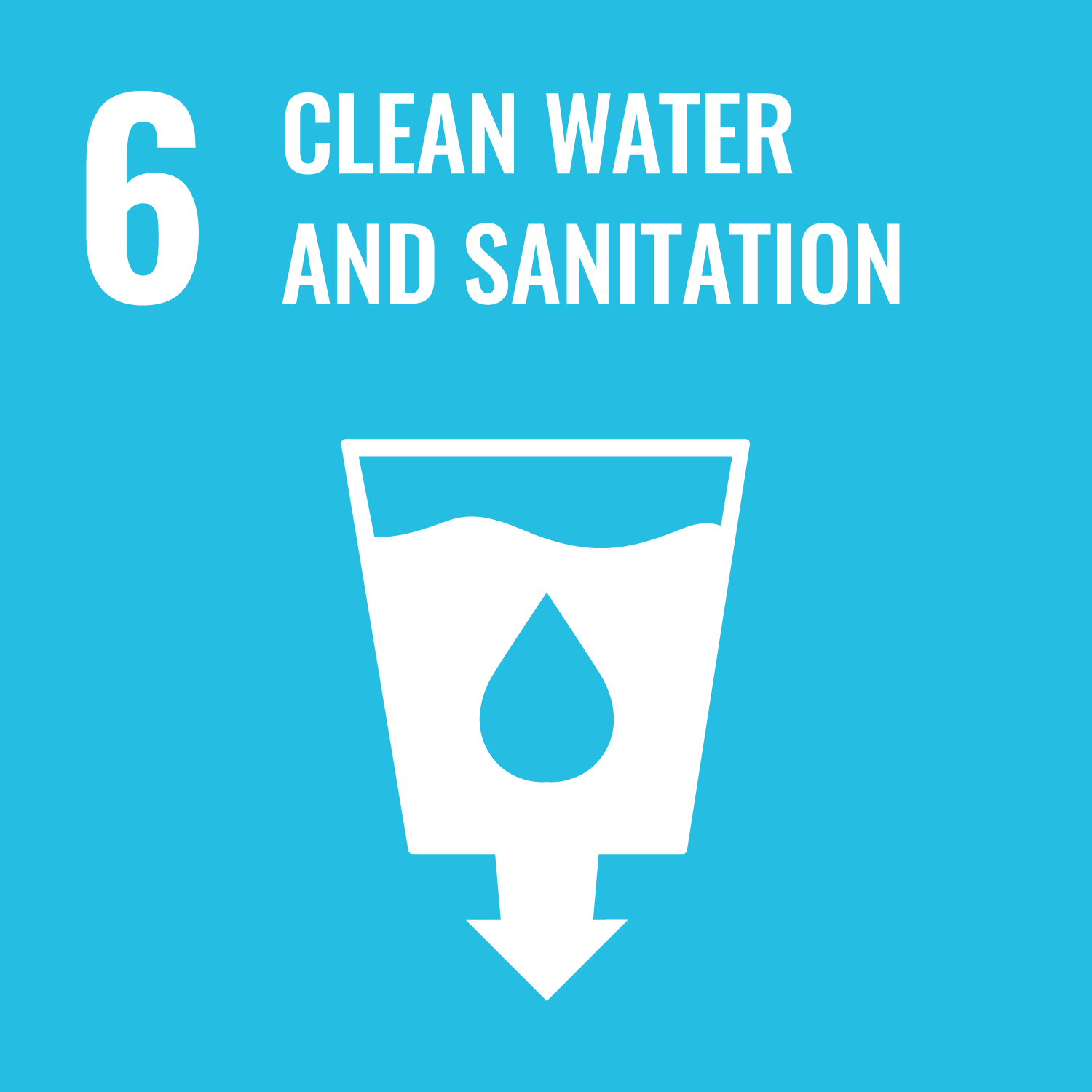
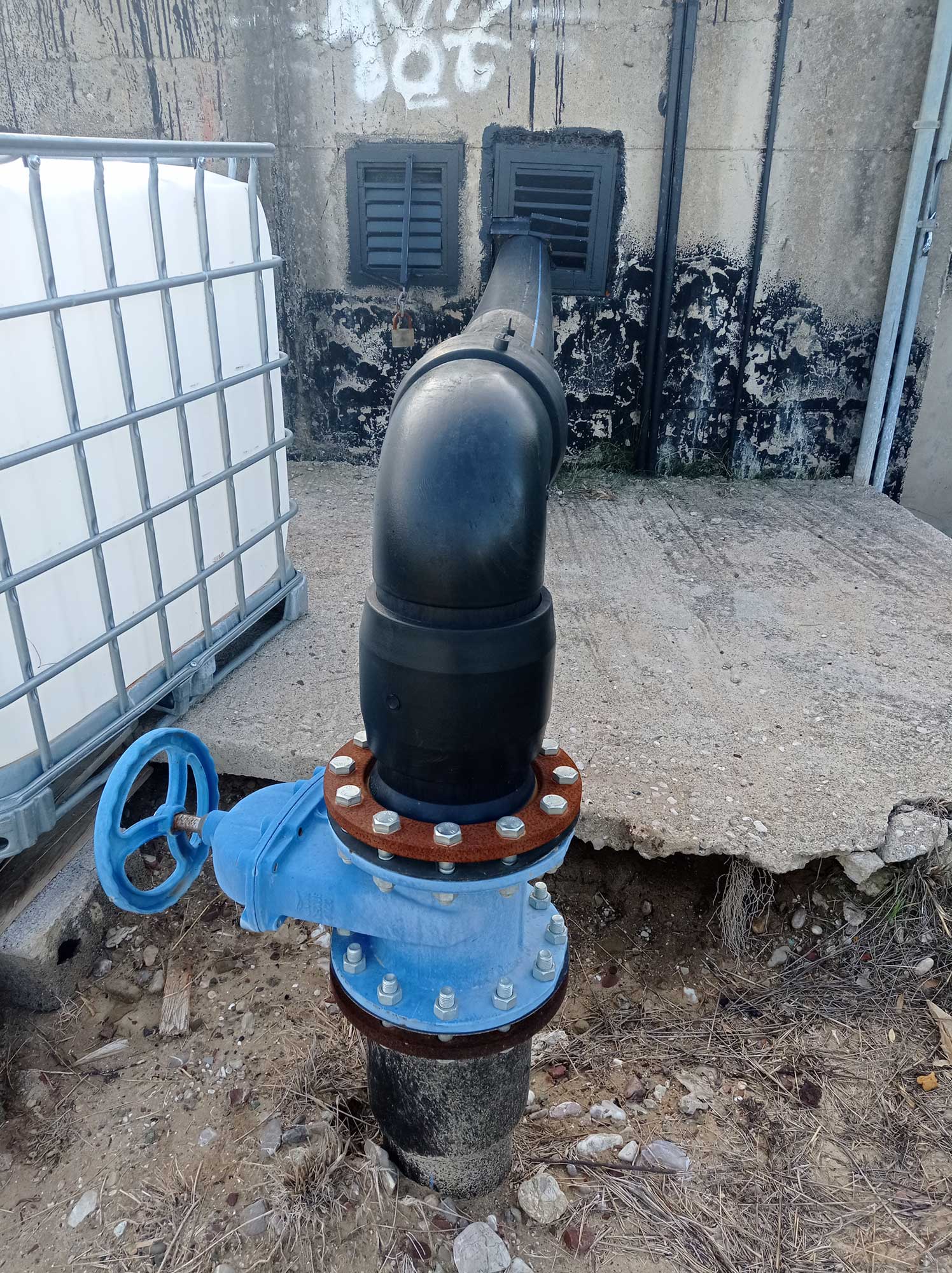
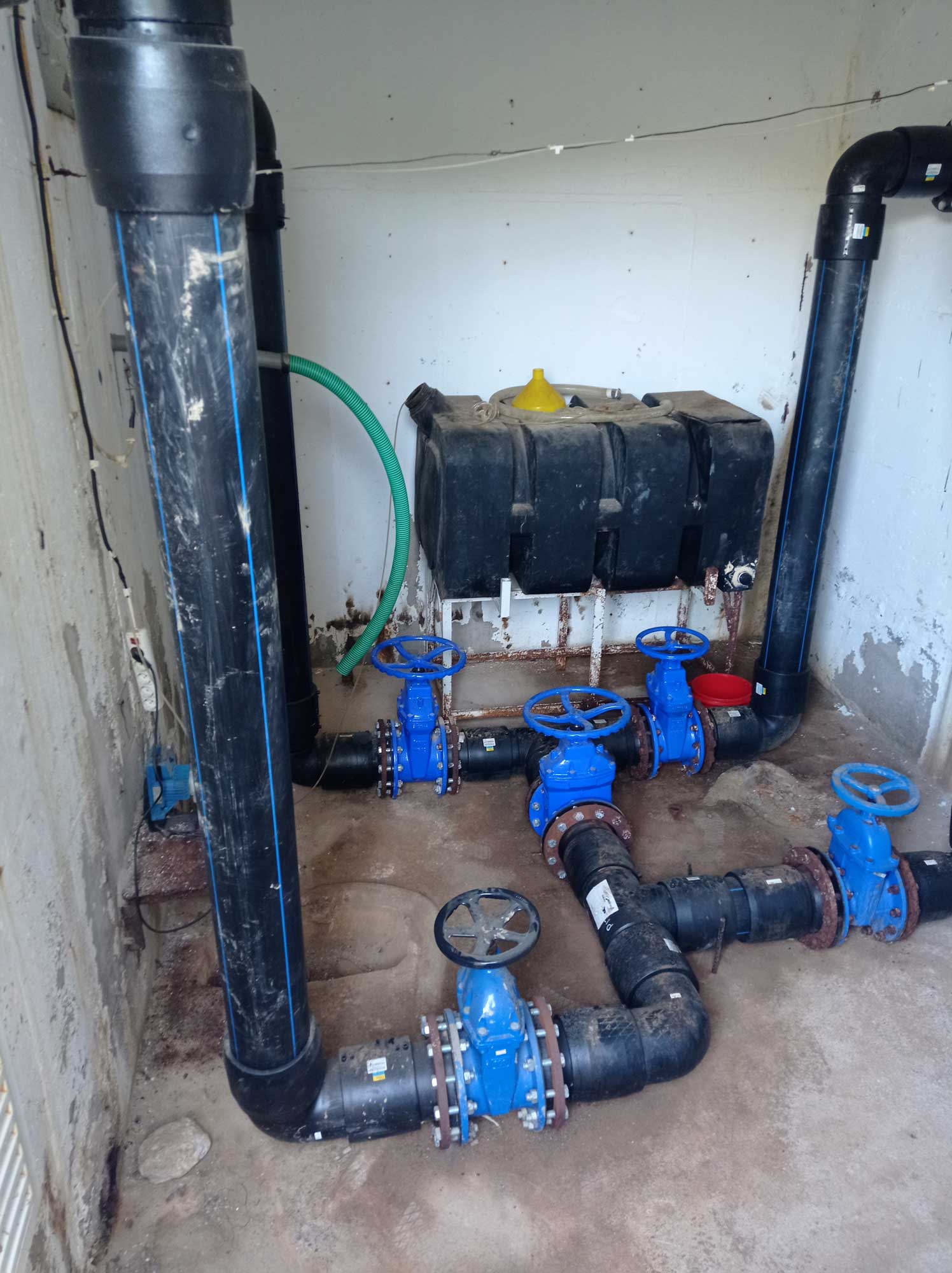
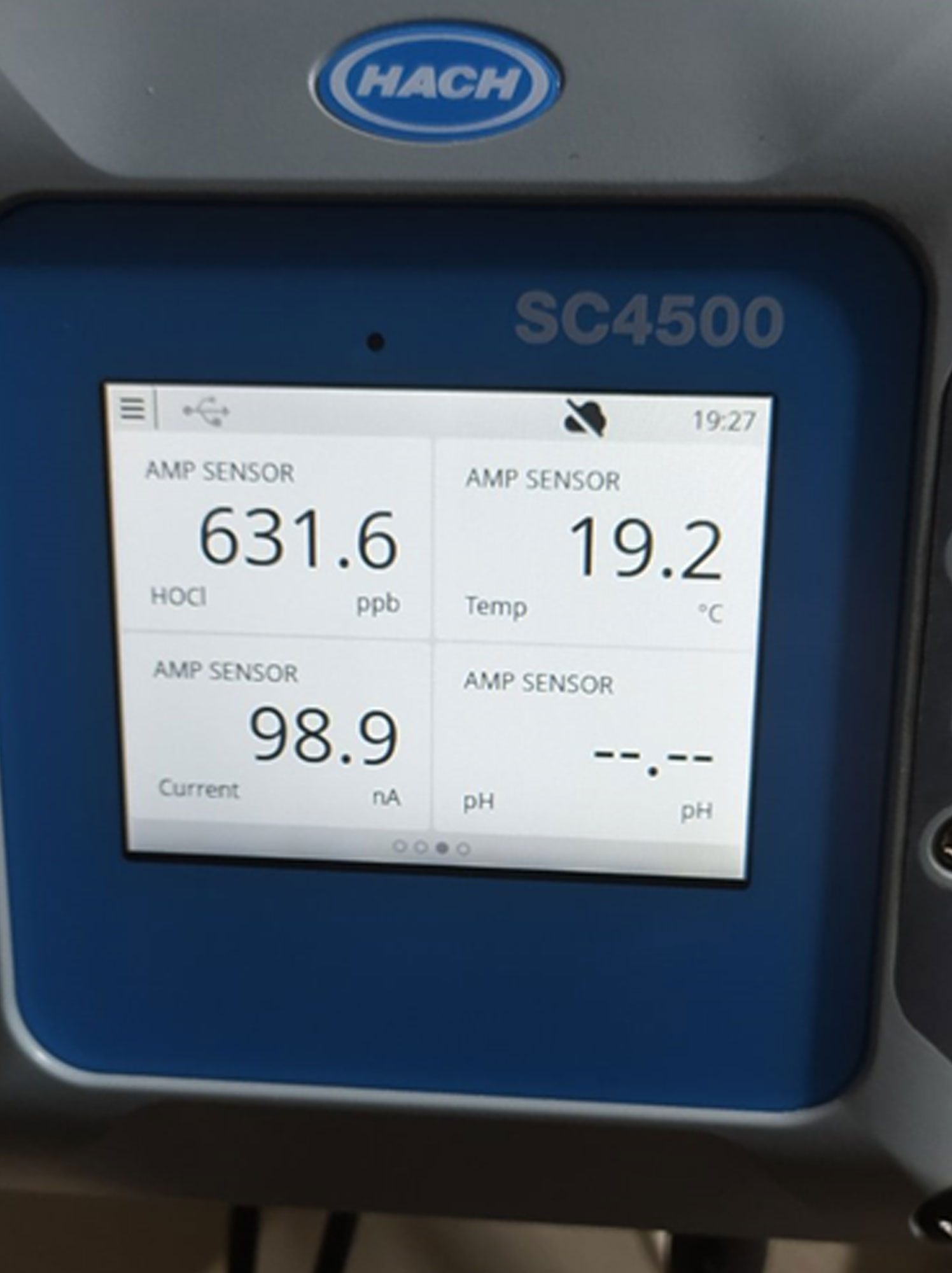

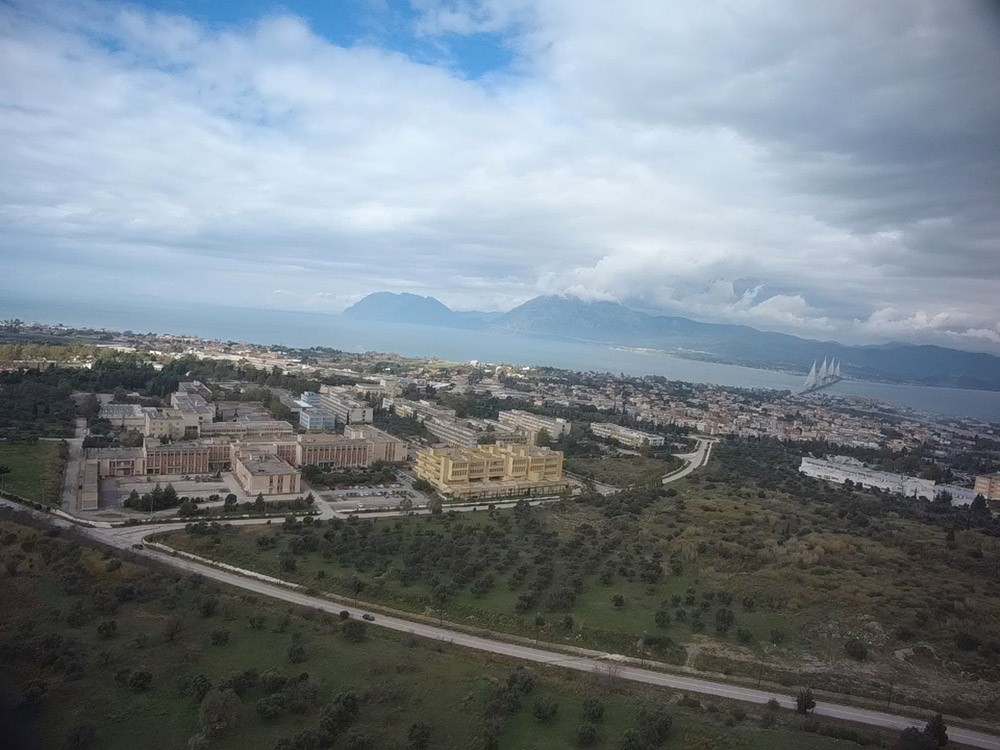
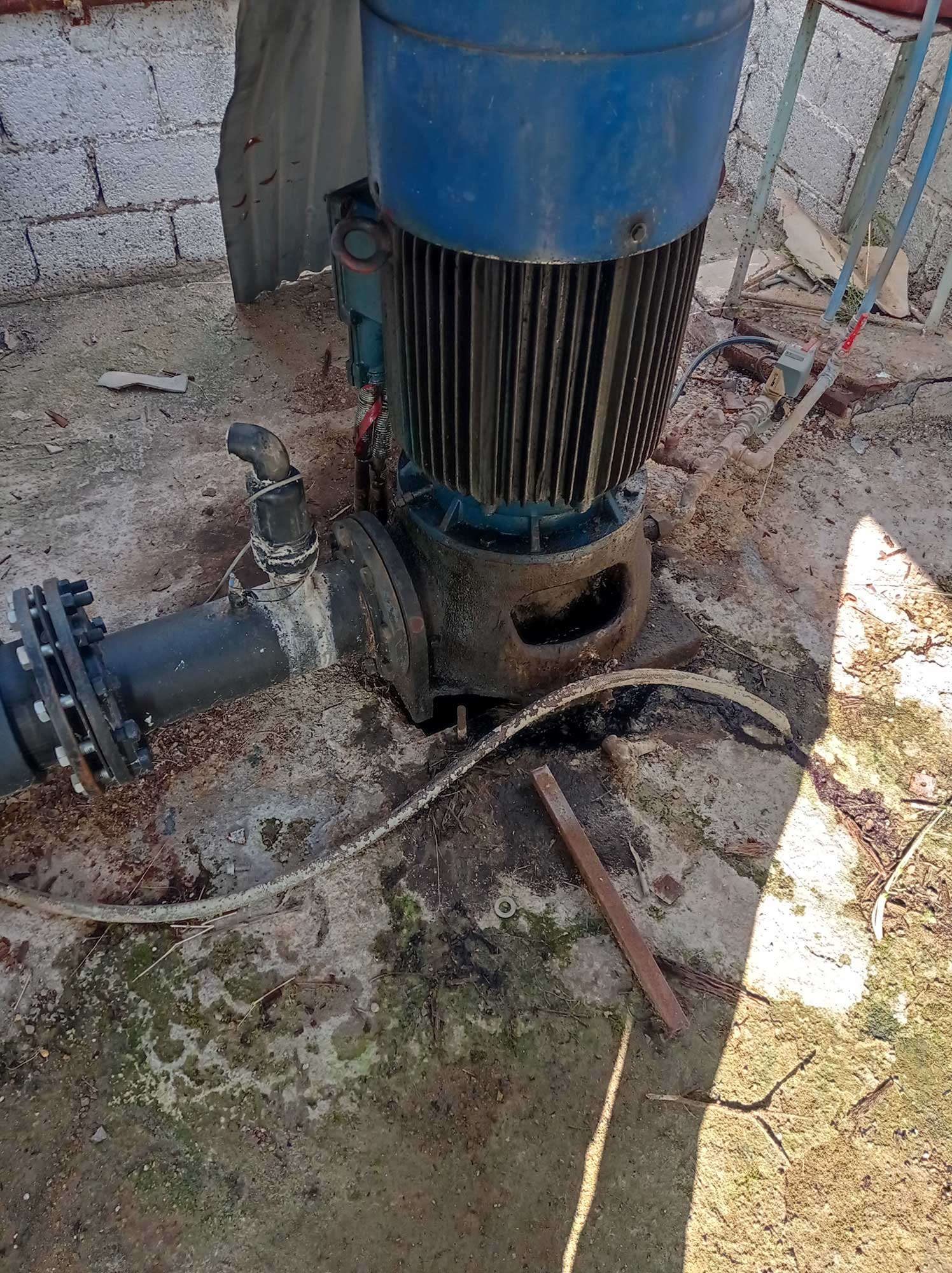
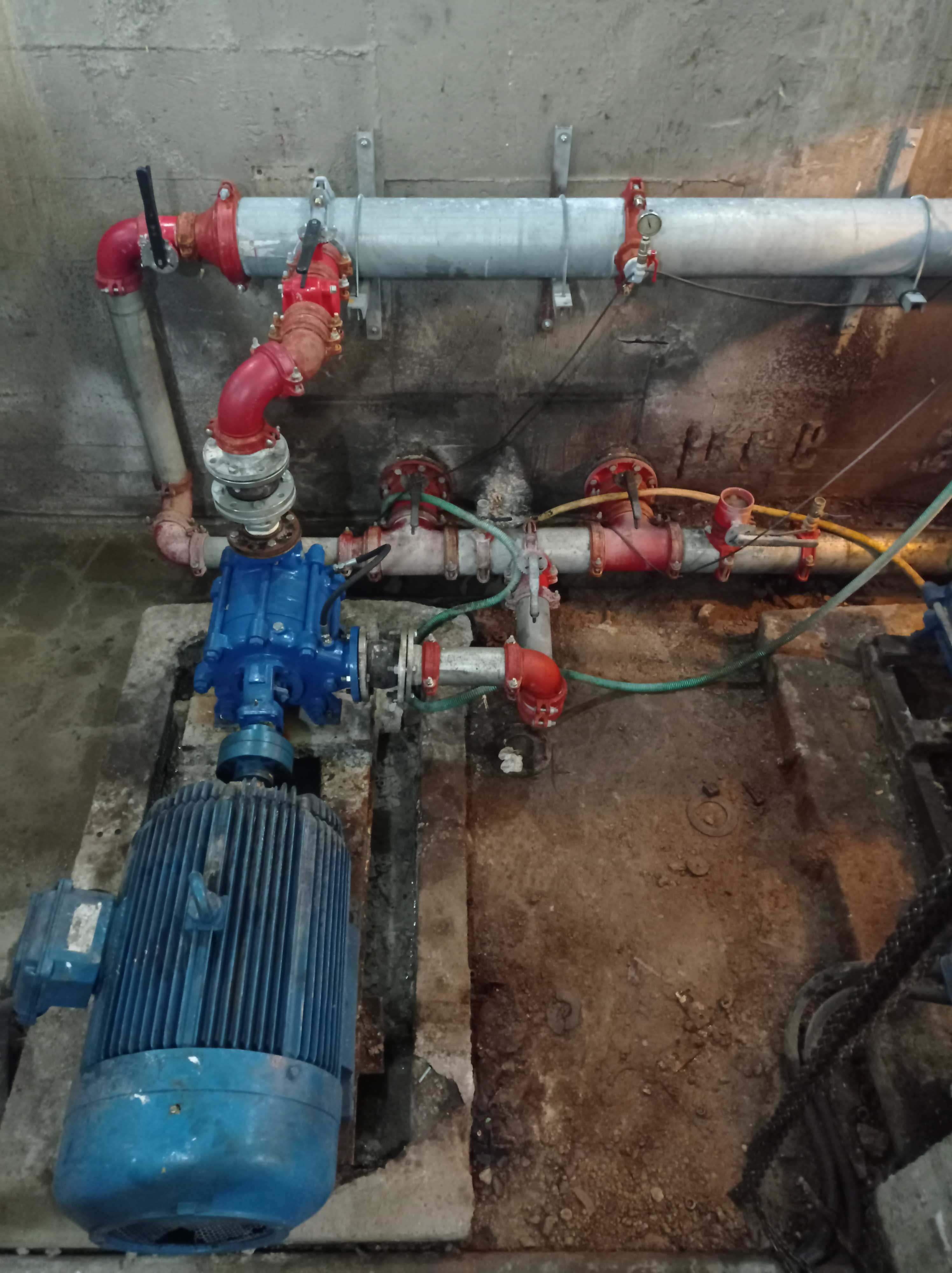
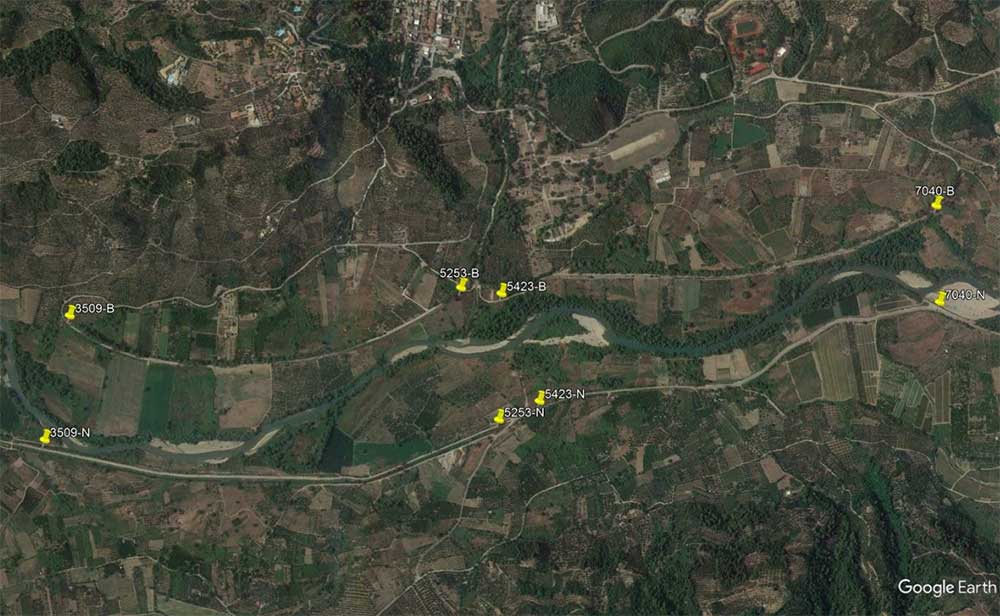
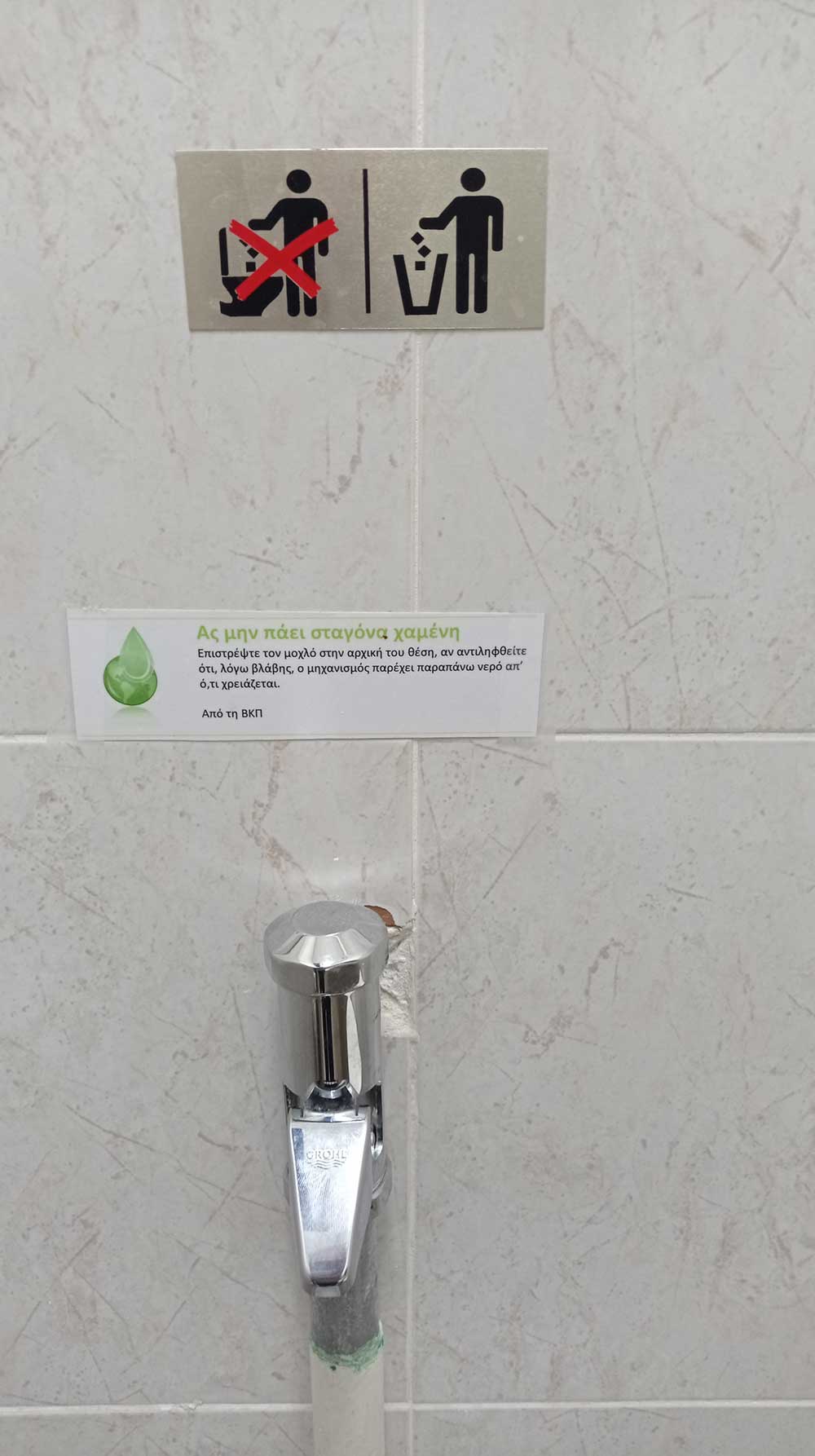
No Comments